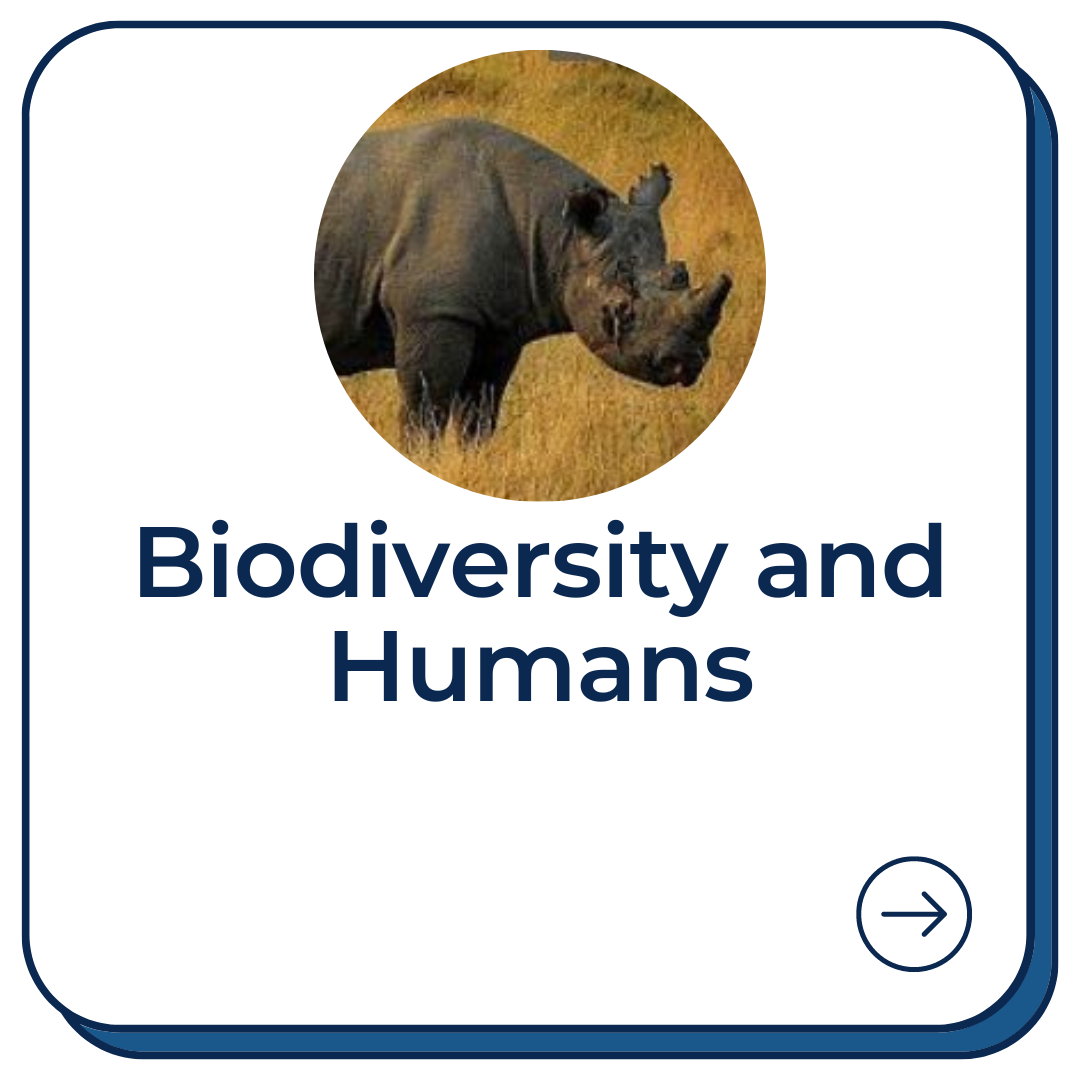Teaching about climate change and animals is an important topic to explore with students, as the survival of animals is vital to the sustainability of planet Earth. Learning how climate change impacts animals and what we can do to protect them is paramount to our survival as we are all intrinsically connected; many elements depend on their existence. Teaching students to protect animals and find solutions for climate change can be challenging, but we have selected resources and lesson plans that will captivate students and inspire them to take action.
Teaching about Climate Change and Animals

"Habitat degradation is a series which comments on humans’ negative impacts on ecosystems worldwide. For each of the three habitats I depict, I chose representative species who are responding to the effects of the changes." Jill Pelto, artist and scientist.


Dr. Dominique Dodge-Wan has been teaching full-time since 2010 at Curtin University, Miri, Malaysia as an Associate Professor in Applied Geology. She graduated in Geology and Mineralogy at Brussels University and then completed a Ph.D. in Hydrogeology. In her TEDx Talk, Dr. Dodge-Wan discusses what causes extinctions, examples of endangered species, and why we should care about it and work toward a solution. This video allows for cross-curricular connections that could be made when teaching human exploration and colonization, human population growth, ethics, or geography.
This Guardian article provides amazing infographics (see picture below) that illustrate the impact of humans on global biodiversity and massive declines in populations of wild mammals, marine mammals, wild birds, and plants. The assessments found in this article are profound. “The new work is the first comprehensive estimate of the weight of every class of living creature and overturns some long-held assumptions,” states The Guardian.
This article can be used in history and social studies classes to discuss the human impact on biodiversity prior to industrialization and after industrialization. Science and biology classes could also use this article when discussing nutrient cycling, ecosystems, land use, agriculture, deforestation, and mass extinction events.
This video, Biodiversity and Humans, explains biodiversity and the impact humans are having on a variety of life on our planet. It provides teaching material suggestions for different grade levels. The first 3 minutes and 2 seconds are appropriate for students to watch and the last segment is geared towards teachers. Cross-curricular connections can be made with social studies when discussing whether other species have the right to exist, and the economic value of the ecosystem services that natural systems provide to humans.
This visually rich map in motion from The Nature Conservancy shows the effects of climate change on animal migration. The map is sure to capture students' eyes as the vibrant pink (mammals), blue (birds) and yellow (amphibians) migrate through the world. It shows the average direction animals must move to find a favorable climate as they move across the landscape. The interactive map has a map key to help navigate climate change in the world and the effects it has on animal migration. In addition, this resource allows conservationists to connect and improve species ability to adapt to warmer temperatures.
This stunning watercolor painting was created by scientist and artist, Jill Pelto. This breathtaking painting portrays data showing the unfortunate decline of the rainforest and illustrates how habitat degradation is affecting forest species at risk of extinction. The image helps students understand how human actions are affecting animals, such as the tiger, struggling to survive due to deforestation.
In art class, students can analyze the use of color and balance. Teachers can use this resource in science classes as a hook for a research project on an endangered animal of their choice. Also, students can work in groups to come up with different solutions to stop deforestation and save wildlife. Furthermore, in an English language arts lesson, teachers can ask students to write a reflective paragraph about this artwork.
Animals are an integral part of life on Earth and it is important to teach our students how climate change is harming them. Through interactive maps, videos, articles, and paintings teachers will have the tools to engage their students and inspire them to take action in protecting these amazing animals. For more resources on animals and climate change, click here.

About the Author
Amanda is a stay-at-home Mom of two boys and two beagles. She has a diploma in Journalism from Sheridan College and certificates in Animal Care, Shelter Operations, and Wildlife Rehabilitation from Georgian College.




















